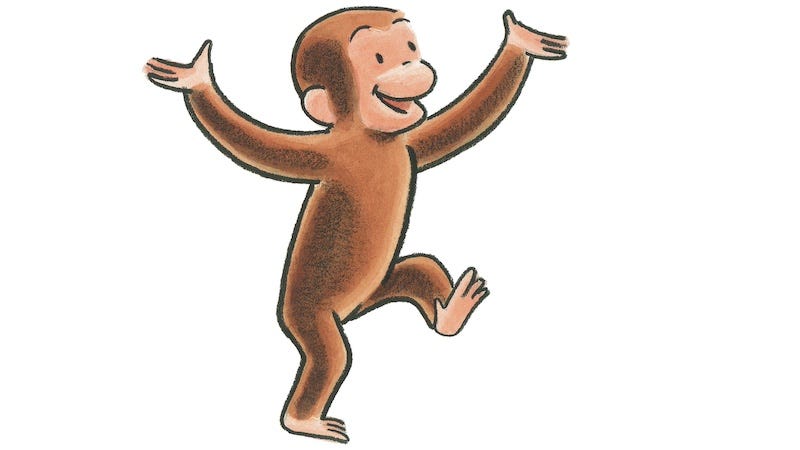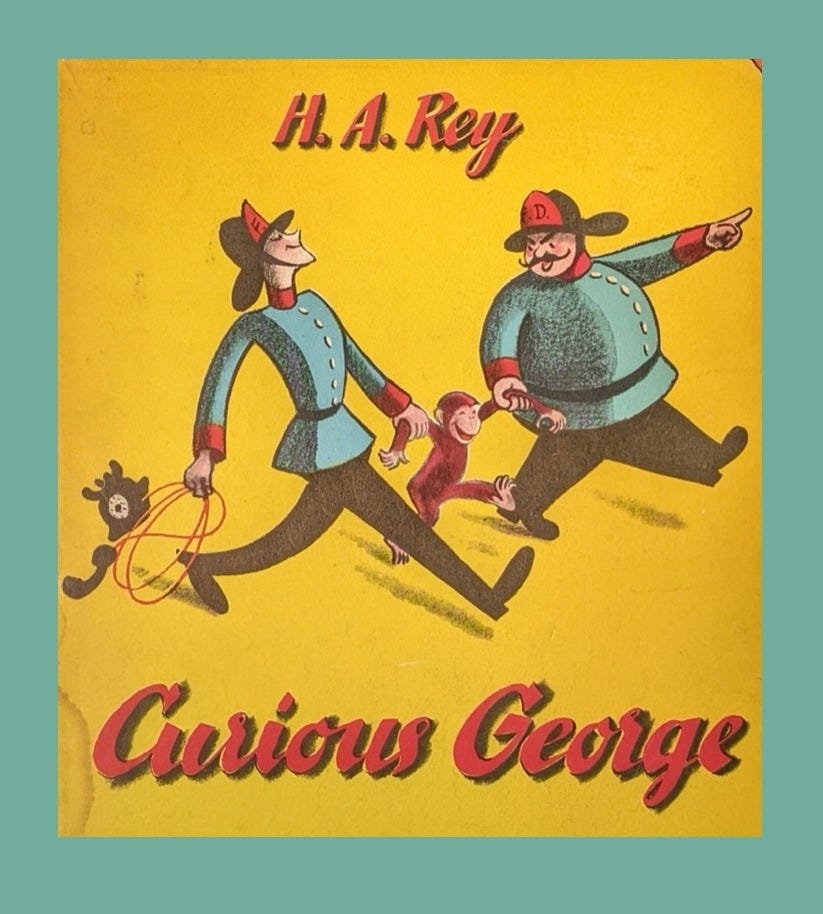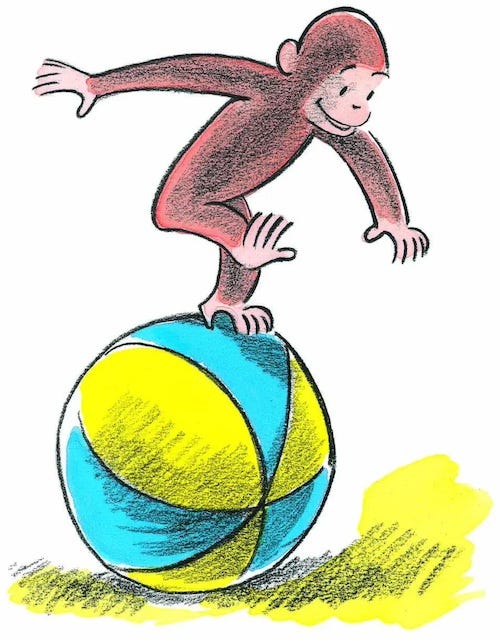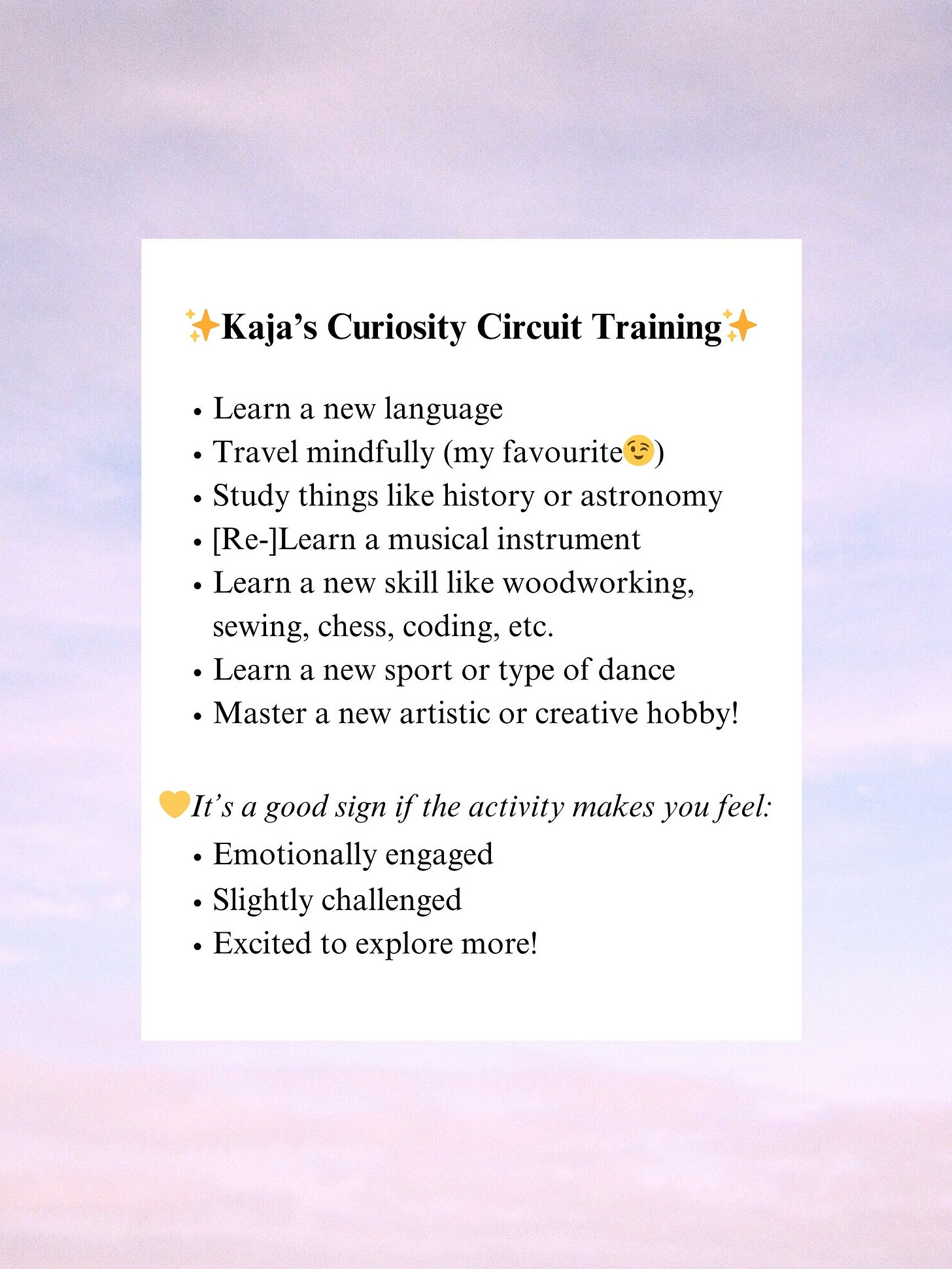If you’ve been around any toddlers lately, you’ll very well know that they LOVE to ask “why?” so much that it’s tough to have the patience to properly answer them every single time. And if you trace your own beliefs back far enough, you’ll realize that a lot of them come from an adult you asked in your youth because you didn’t know how to read and write to find out the answers on our own just yet! If that adult didn’t know the answer or have enough time (on top of the million other things that they probably had to do) to explain it to you, it might have gone like this:
They made up an answer or told you what they believed could be true.
They didn’t know how to explain the answer or were embarrassed to admit that they just didn’t know, so they replied with something along the lines of “that’s just how it is.”
They made you feel embarrassed for asking.
When we’re under five years old (or even older), we usually trust and depend on adults to have the answers for us. If #1 happens, we can get a good response and/or this can be where a lot of our limiting beliefs start. If #2 or #3 happens often enough, eventually we just stop asking questions. Unfortunately, it’s “the norm” that as we get older, we often stop being curious enough to ask questions- which can lead to a decline in brain health. However, if you’re reading this right now, I bet you are not that type of person!
What does this have to do with Curious George? Wait, who even is Curious George? Even if you haven’t read the books as a kid, I’m sure you know the cheeky little monkey I’m talking about. Despite a rather problematic backstory of The Man in the Yellow Hat bringing the monkey George back from Africa, the popularity of the books live on! Author H.A. Rey and his wife Margaret wrote and illustrated the original books together for decades, but made sure to pack the very first manuscript during their escape from Nazi-occupied Paris in 1940! You can read all about it in Dinitia Smith’s New York Times article“How Curious George Escaped the Nazis” here.
Maybe it’s because I was born in the year of the Monkey, or because my nickname was “Kaja Jean the Monkey Queen”, but I’ve always felt like George and I had a special bond. Apparently Lupo Sites analyzed why the books have been so popular and said:
“George’s qualities of curiosity, determination and cleverness have enduring appeal to children. George provides the excitement and humour while the Man in the Yellow Hat provides safety and security.”
Some of my earliest memories are learning how to read from Curious George books at bedtime. I distinctly remember my dad and I repeating the catchphrase “George was CURIOUS”, and him realizing I knew how to read on my own when I would catch him skipping words to get through the sometimes very very long adventures when he understandably wanted to hurry up and go to sleep😂.
My opinions about George have also changed as I’ve gotten older. I realized that as a kid who was always afraid of accidentally doing something wrong, Curious George was my compass of everything I should not do. I think he even ended up in jail a few times!
Now, after reading so many neuroscience studies, a common thread I’ve noticed is that curiosity is a key ingredient to keeping our brains healthy. As we explored in my previous post here, so is “failing,” which George did all the time!
Think about your own life. When was the last time you were super curious about something and did a deep-dive google search or took a class on it? Didn’t it just make you feel more awake and energetic? That’s not a coincidence.
The studies I’ve listed below show that when we’re curious about something, activity increases in our hippocampus (our memory centre that we talked about in this post) and our “dopaminergic midbrain” - the place in the brain that produces dopamine and acts as our reward system. Why is that important?
By being curious about something, your dopaminergic midbrain is telling your hippocampus that you are enjoying the discovery of new information. We can use this to our advantage, because the more often these two parts of the brain are activated now, the more active and flexible they will stay into our old age, which can help increase plasticity in our brains and preserve memory function later in life! I would again recommend the book Tiny Experiments by Anne-Laure Le Cunff if you’d like to visit this topic more, because it’s all about listening to where your curiosity is driving you, rather than where you “think” you should be going.
Some more good news? The power is in your hands! We can choose to stay curious about something that’s good for our brain (like a new skill, language, or other memory-based activities) and try to stay away from being curious about things like gossip, doomscrolling, or comparing yourself to other people on social media, etc. Why do we have to make the active choice?
When you’re interested in something like doomscrolling, the curiosity feeds us dopamine, but the final result then makes you sad and deflated. This can lead you to becoming prone to self-destructive behaviours because your brain gets used to that pattern. It’s not your fault, it’s how we’re wired! However, now that you know this, you can be a little more intentional with directing your curiosity towards healthy, brain-boosting activities that leave you feeling energetic and happier instead!
I’ll leave you with some more examples of activities to get curious about that strengthen your brain so that you can add more happiness, playfulness, and energy into your life- just like George!
Remember: it’s also good for your brain to fail, so don’t be afraid to try something totally outside your normal wheelhouse!
Are there any that you’re curious in experimenting with? Let me know!





